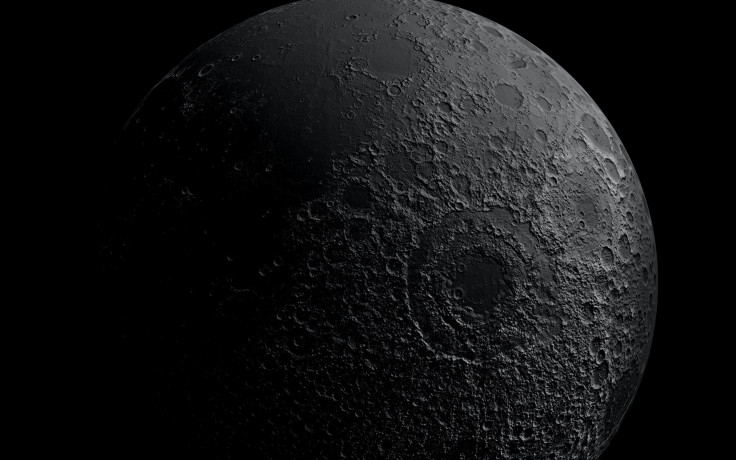
July's lunar display, which will be the first of four supermoons to rise this year, will look brighter in the night sky than any other full moon event that has happened in 2023 so far.
It will be about 14,000 miles closer to our planet than any of the full moon events. As per The Old Farmer's Almanac, the full moon will arrive on Monday. It will be at the brightest below the horizon at 7.39 a.m.
People can watch it by looking to the southeast after the sun sets if local weather conditions allow.
According to USA Today, the event will take place right around the Fourth of July holiday. The full moon will light up the sky along with fireworks displays that are expected to take place.
Dr. Shannon Schmoll, director of the Abrams Planetarium at Michigan State University, said that a supermoon comes when the "moon appears a little bit bigger in our sky."
She noted that when the moon goes around the Earth, it's not a perfect circle, so, there are "points in its orbit where it's a little bit closer or a little bit farther from the Earth."
Schmoll explained that when the orbit reaches its full moon phase where it is closer to the Earth, it looks slightly larger and so, a supermoon occurs.
July's moon is also called the buck moon and there are several other names for it that come from Native American people.
There are names like the hot moon that refers to summer. Then there is the raspberry moon as well as the ripe corn moon. They signify the best times to harvest fruit and other crops, according to CNN.
Most years have 12 full moons, but 2023 will have 13 of them.
Two supermoons, including a blue moon, will be next month. It will be the closest moon to Earth in 2023, and then the fourth and final supermoon in 2023 will rise on Sep. 29.
People in South, North and Central America will be able to watch an annular solar eclipse on Oct. 14. During this time, the moon will pass between our planet and the sun at or near its farthest point from Earth. The moon will look smaller in size than the sun.
© 2025 Latin Times. All rights reserved. Do not reproduce without permission.




